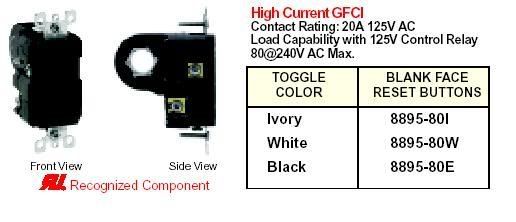Bob NH
Senior Member
- Location
- The "Live Free or Die" State
Here is an interesting quote from a "Pumps and Wells" forum. It is the 15th item in the thread. The "FE Manual" refers to Franklin Electric, who make many of the motors for small submersible pumps.
http://www.terrylove.com/forums/showthread.php?t=12891
"found this in the FE Manual:
When an installation has abnormally corrosive water
AND the drop pipe or casing is plastic, Franklin Electric
recommends the use of a GFCI with a 10 mA set-point.
In this case, the motor ground wire should be routed
through the current-sensing device along with the motor
power leads. Wired this way, the GFCI will trip only when
a ground fault has occurred AND the motor ground wire
is no longer functional."
I'm curious whether anyone has any opinions about this meeting the code, or what hazards might arise. My response to the post follows the one quoted above.
http://www.terrylove.com/forums/showthread.php?t=12891
"found this in the FE Manual:
When an installation has abnormally corrosive water
AND the drop pipe or casing is plastic, Franklin Electric
recommends the use of a GFCI with a 10 mA set-point.
In this case, the motor ground wire should be routed
through the current-sensing device along with the motor
power leads. Wired this way, the GFCI will trip only when
a ground fault has occurred AND the motor ground wire
is no longer functional."
I'm curious whether anyone has any opinions about this meeting the code, or what hazards might arise. My response to the post follows the one quoted above.


